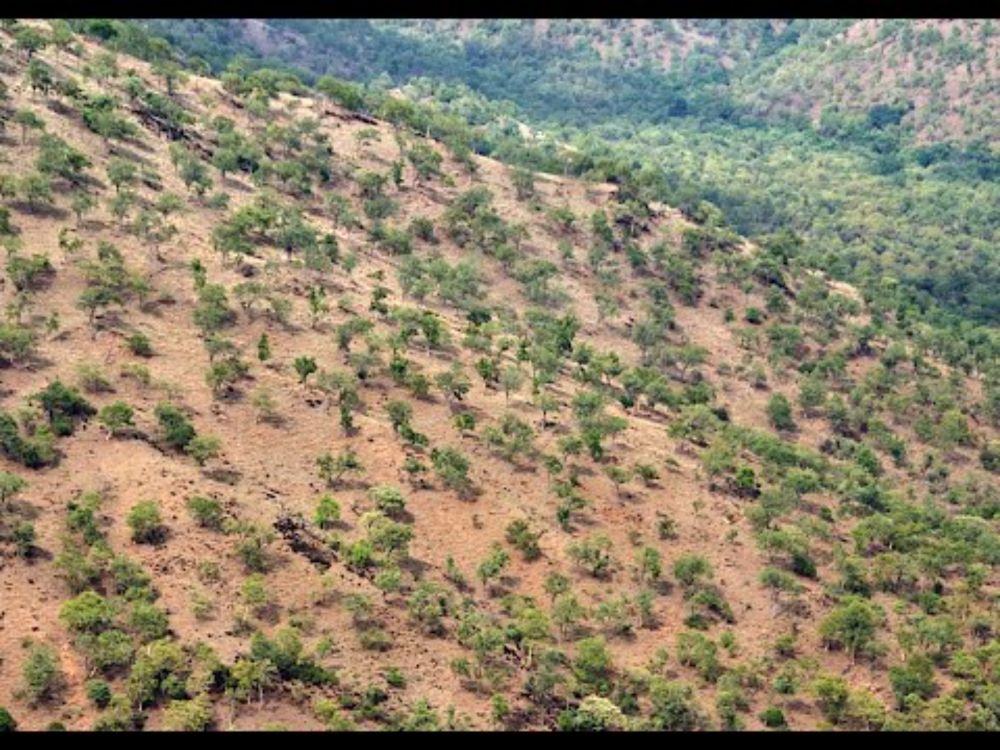
Advocating for all herbivores and megaherbivores, forest structures, vegetation structures, fast-track structural renovations, restoring ungulate migrations throughout all of Europe and beyond.
The two initiatives would ideally work in tandem.
The two initiatives would ideally work in tandem.
Carrying out supervised migrations is also the best way for society to re-learn how to live side by side with large herbivores.
Carrying out supervised migrations is also the best way for society to re-learn how to live side by side with large herbivores.
It's the core of my research, so heaps of comments, but where best to start?
We could talk herbivores, vegetation structures, habitat quality, migrations, humans as predators versus humans as pseudo-herbivore but with highly predatory behaviours, etc, etc.
It's the core of my research, so heaps of comments, but where best to start?
We could talk herbivores, vegetation structures, habitat quality, migrations, humans as predators versus humans as pseudo-herbivore but with highly predatory behaviours, etc, etc.
With-
Dr Abi Tamim Vanak.
Ms. Anuja Malhotra.
Ms. Bhargavi Rao.
Dr Jayashree Ratnam.
Dr Mahesh Sankaran.
Mr Sandip Virmani.
Dr MD Madhusudan.
Mr Pradeep Koulgi.
Mr Chintan Sheth.
www.youtube.com/watch?v=5M_R...

With-
Dr Abi Tamim Vanak.
Ms. Anuja Malhotra.
Ms. Bhargavi Rao.
Dr Jayashree Ratnam.
Dr Mahesh Sankaran.
Mr Sandip Virmani.
Dr MD Madhusudan.
Mr Pradeep Koulgi.
Mr Chintan Sheth.
www.youtube.com/watch?v=5M_R...
The living forest was intended for festival that ended up being cancelled, so as yet they're both dormant, just like many woodlands and forests.
The living forest was intended for festival that ended up being cancelled, so as yet they're both dormant, just like many woodlands and forests.
I've been looking at performance art crossed with community dance projects for kids and adults to convey different parts of ecology.
One's called "The living forest" and another looks at herbivores and predators, but as yet its untitled.
I've been looking at performance art crossed with community dance projects for kids and adults to convey different parts of ecology.
One's called "The living forest" and another looks at herbivores and predators, but as yet its untitled.
It's time for herbivores to be given back control of vegetation and for man to accept that he's a total novice and he still has so much to learn.
It's time for herbivores to be given back control of vegetation and for man to accept that he's a total novice and he still has so much to learn.
www.sciencedirect.com/science/arti...

www.sciencedirect.com/science/arti...
The data that's used to demonise livestock shows this quite clearly, but the common evaluation of that data is very questionable and misleading.
The data that's used to demonise livestock shows this quite clearly, but the common evaluation of that data is very questionable and misleading.


